Each year, TIME highlights the inventions that are making the world a better, smarter, and even more interesting, and the 2020 list solicits nominations from editors around the world, through an online application process, and evaluates each candidate on key factors such as originality, inventiveness, effectiveness, and think about what’s possible.
In the end, TIME selected 100 breakthrough inventions, including a smarter honeycomb, a greener toothpaste, and technology that could catalyze the COVID-19 vaccine, that are changing the way we live, work, play, and think.
This article is about THE BEST INVENTIONS OF 2020 - AR, VR and Connectivity
1. The Corporate VR Solution, Pico Interactive Neo 2 Eye VR Headset
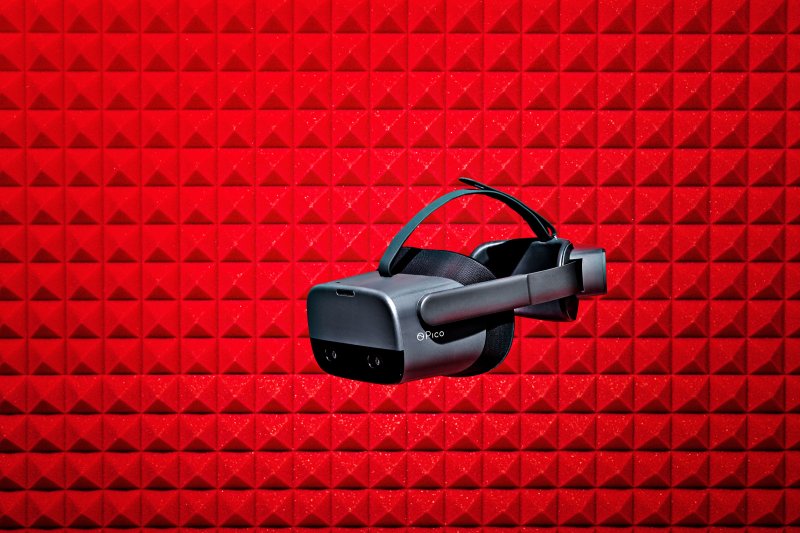
With built-in spatial audio speakers that enable a surround-sound-like experience and integrated cameras to map your environment, the Neo 2 Eye ($899) matches or exceeds other entertainment- oriented headsets in quality and performance. But that’s where the similarities end. Unlike other headsets, the Neo 2 Eye, which is primarily meant for corporate use, features eye-tracking software that can detect where you’re looking. That tech comes in handy for seeing exactly what part of a new product a customer is ogling or helping an employee learn a new skill—so it’s no wonder that some of the headset’s earliest adopters include companies like HTX Labs and Strivr, which develop virtual solutions for professional training. What’s more, the headset has no pesky cables to deal with or sensors to set up to get started. That means users can move freely in their real-world space—without getting yanked back to reality.
—Patrick Lucas Austin
2. AR-Guided Surgery, Augmedics xvision
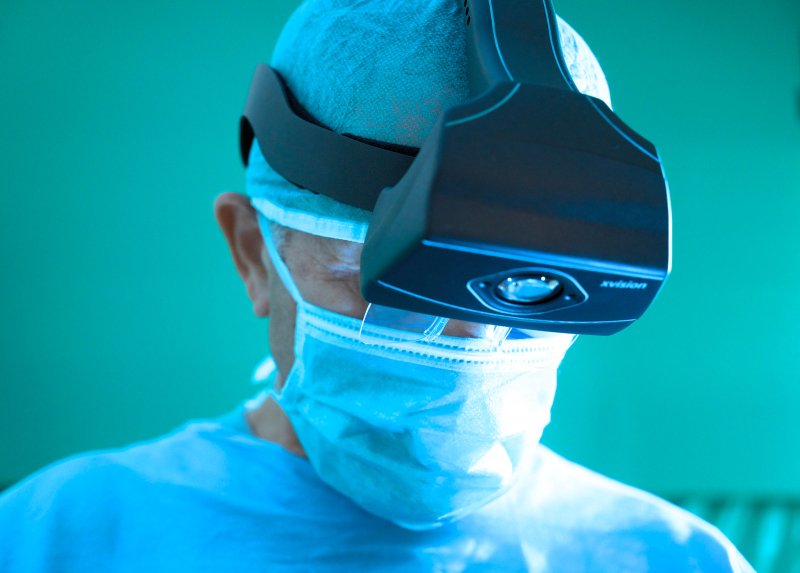
It all started when Augmedics CEO Nissan Elimelech got a superhero-inspired idea: Wouldn’t it be cool if surgeons had X-ray vision? Several years of R&D produced the next best thing: xvision, a headset that uses augmented reality to turn a patient’s CT scan into a 3-D visualization that helps guide a spinal surgeon through operations in which every millimeter counts. The headset superimposes a 3-D image of a patient’s spine over their body, allowing surgeons to (almost) see what’s under the skin without ever looking away from the operating table. Cleared by the FDA in December 2019, the device is already in use at top U.S. hospitals like Johns Hopkins and Rush University Medical Center.
—Jamie Ducharme
3. Helping Frontline Workers, Virti

Certain situations are almost impossible to train for. What do you do, say, when you nick an artery during surgery? Or spot a leak on an oil rig? In 2018, trauma surgeon Dr. Alex Young launched Virti, a training platform that drops workers into high-stress augmented and virtual reality scenarios, where they can practice responding and receive feedback. This year, the company found an important new use case: the pandemic. Virti’s COVID-19 modules teach frontline workers around the world skills like the right way to wear personal protective equipment, administer treatment or ventilate a patient. A company study found that Virti’s AR- and VR-based approach boosted knowledge retention by 230% compared with typical training.
—Jamie Ducharme
4. Following the Conversation, Owl Labs Meeting Owl Pro
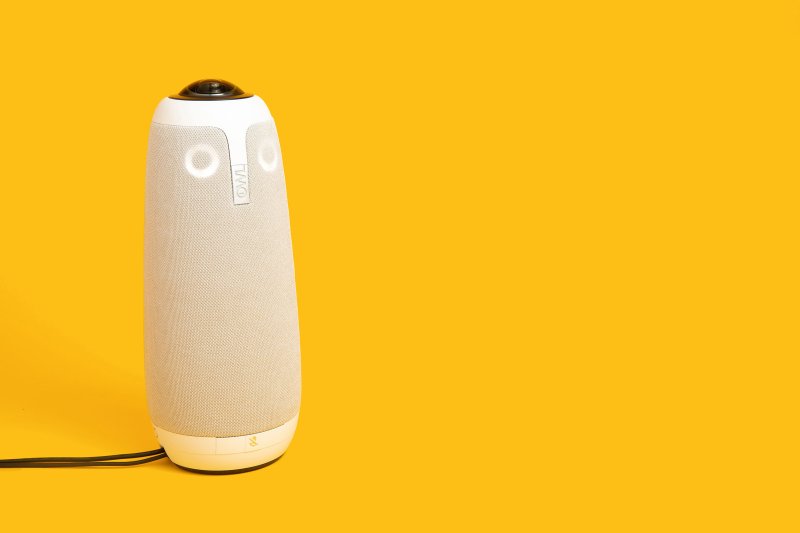
Turns out robotics might be the answer to making virtual meetings feel more human. The Meeting Owl Pro is a 360-degree tabletop camera that automatically shifts focus to whomever is speaking in a room, training its lens and microphone on the speaker. In “hybrid” meetings, this means that virtual participants have a better feel for what’s happening in a meeting or classroom or wherever others are gathered in real life. “It’s able to follow the conversation just as if you were in the room,” says Owl Labs co-founder Max Makeev. To date, its users include more than 50,000 companies and universities, like Stanford, as well as K-12 schools across the U.S.
—Jesse Will
5. Superior Streaming, Roland GO:LIVECAST
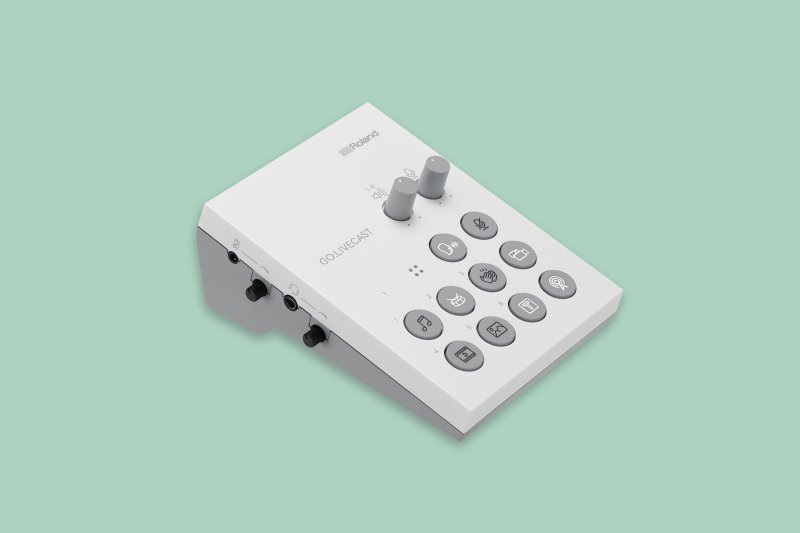
The pandemic has hastened the livestreaming era, turning our phones into bona fide broadcast stations. One problem: a lot of streams seem exceedingly amateurish. Enter the Roland GO:LIVECAST, which makes it easy to ensure that live broadcasts look polished. The control room in miniature ($250) features mic and instrument inputs, controls to switch between smartphone cameras and more. Once connected, the device can send your footage to Facebook, YouTube or wherever your viewers are.
—Jesse Will
6. Linking Health Care Workers, Vocera Smartbadge
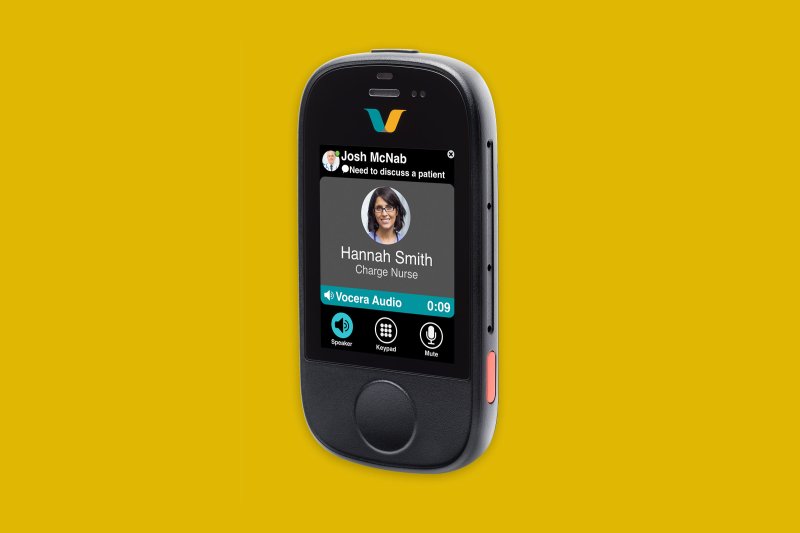
At critical moments while caring for patients, doctors and nurses must drop what they’re doing if they need to call a colleague. The Vocera Smartbadge is like an extra pair of hands. Worn like a necklace or pinned to scrubs, the device lets clinicians reach other team members using voice-activated commands. “You never have to stop what you’re doing, reach in your pocket and pull out your phone, or take off your gloves to interact with another device,” says Brent Lang, CEO of Vocera. Used by more than 100 health care facilities, the Smartbadge has proved especially useful during the COVID- 19 pandemic because it allows clinicians to make calls without removing personal protective equipment.
—Mandy Oaklander
